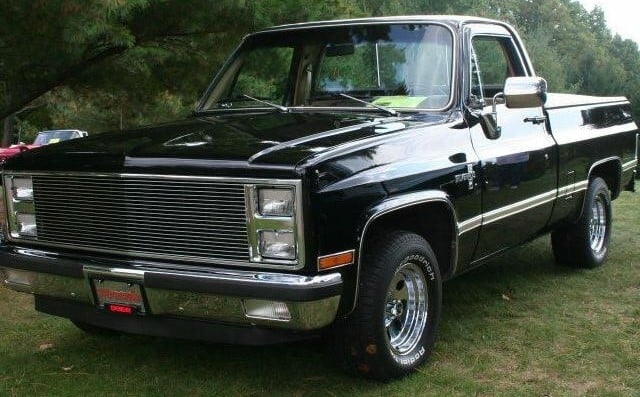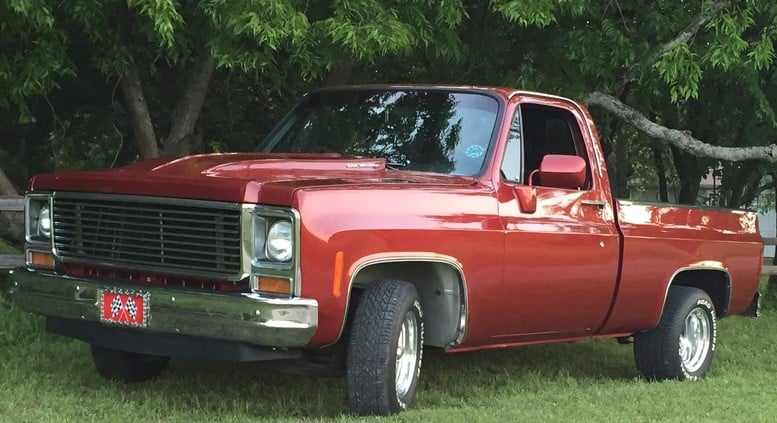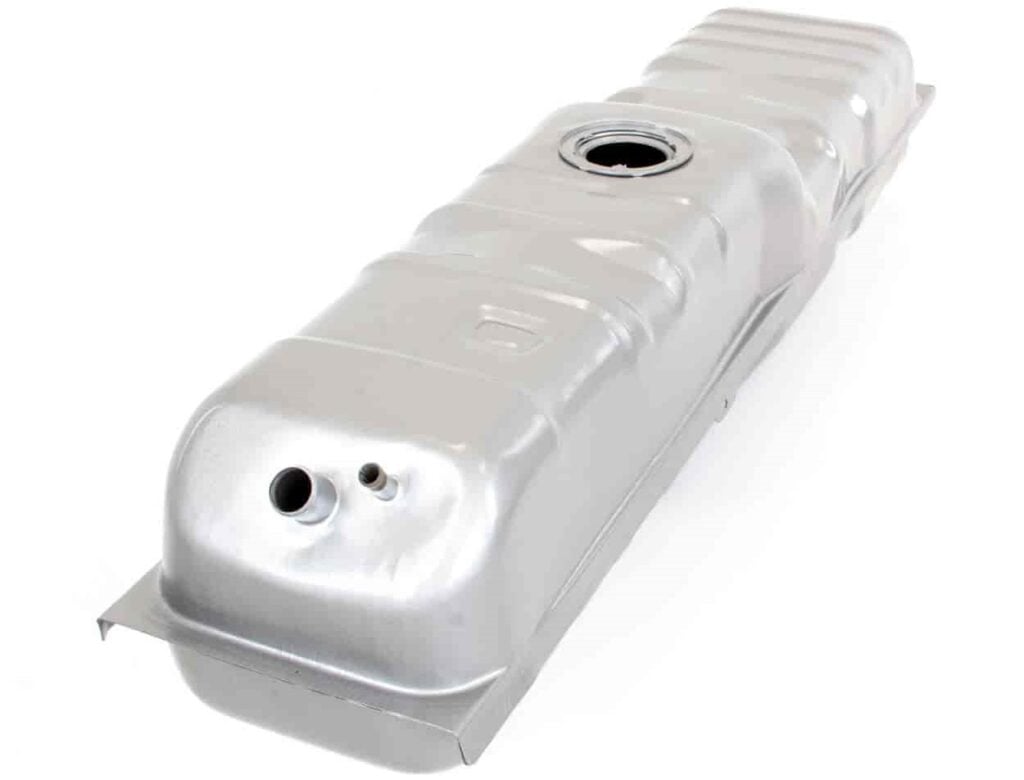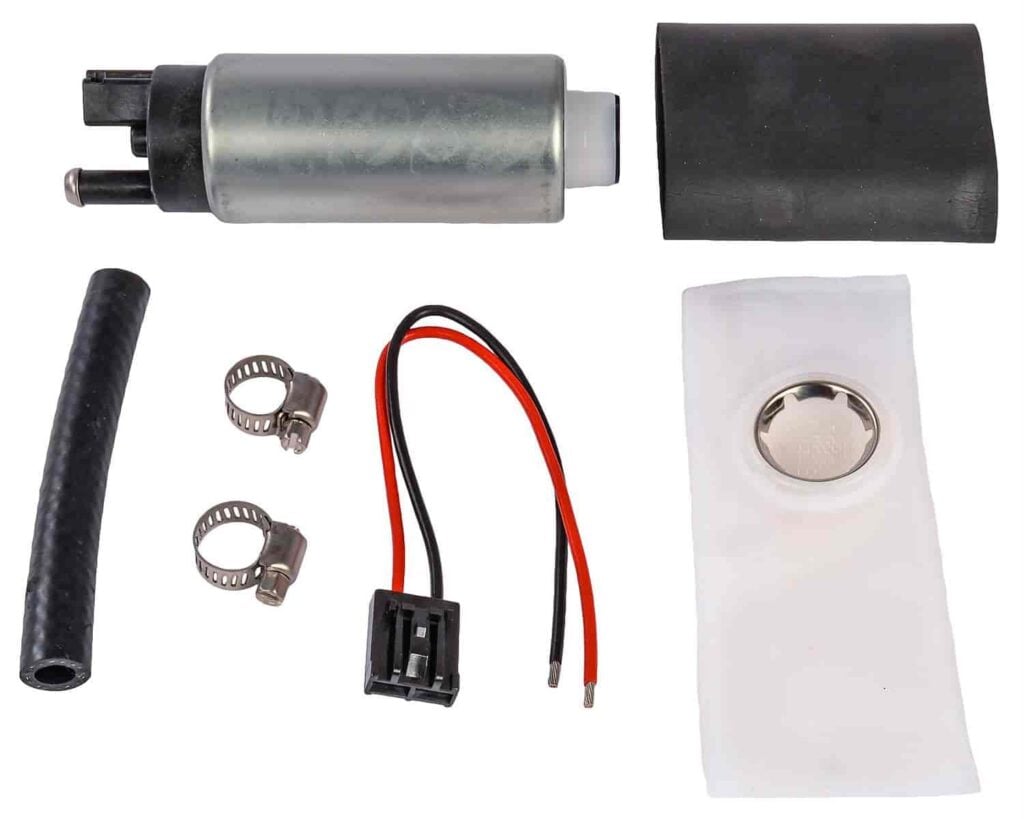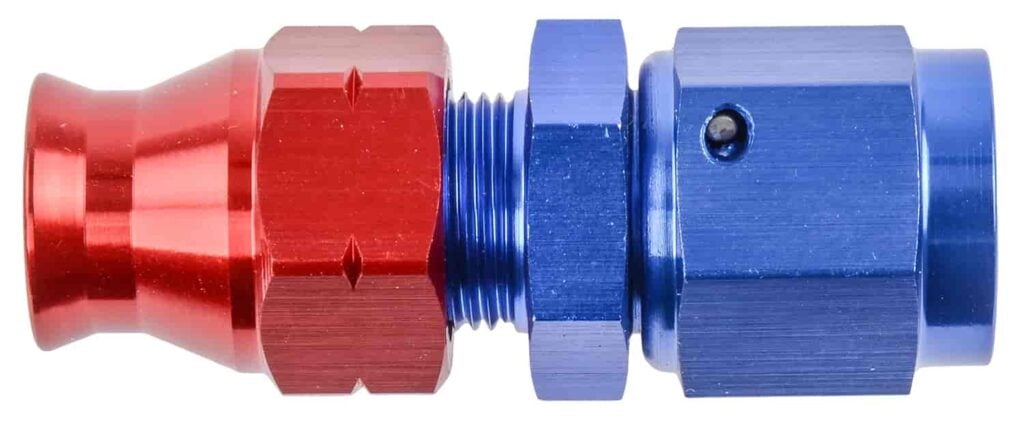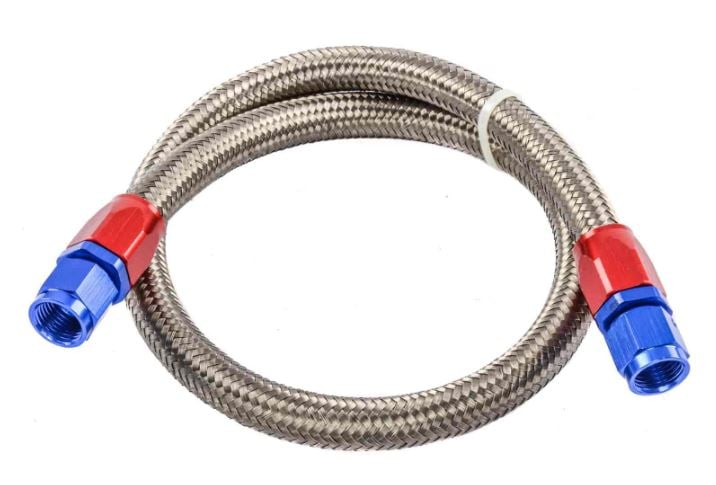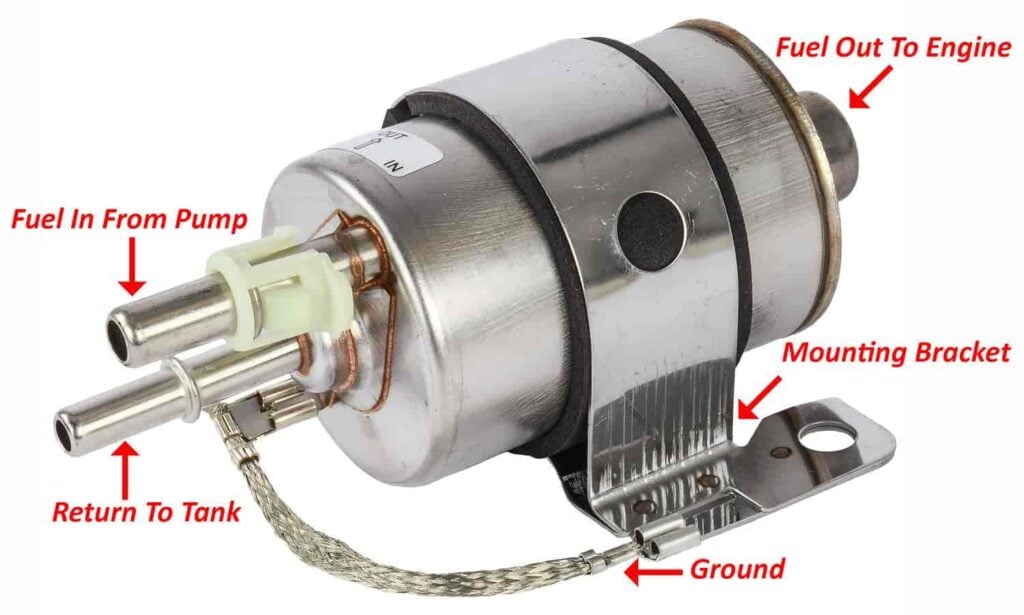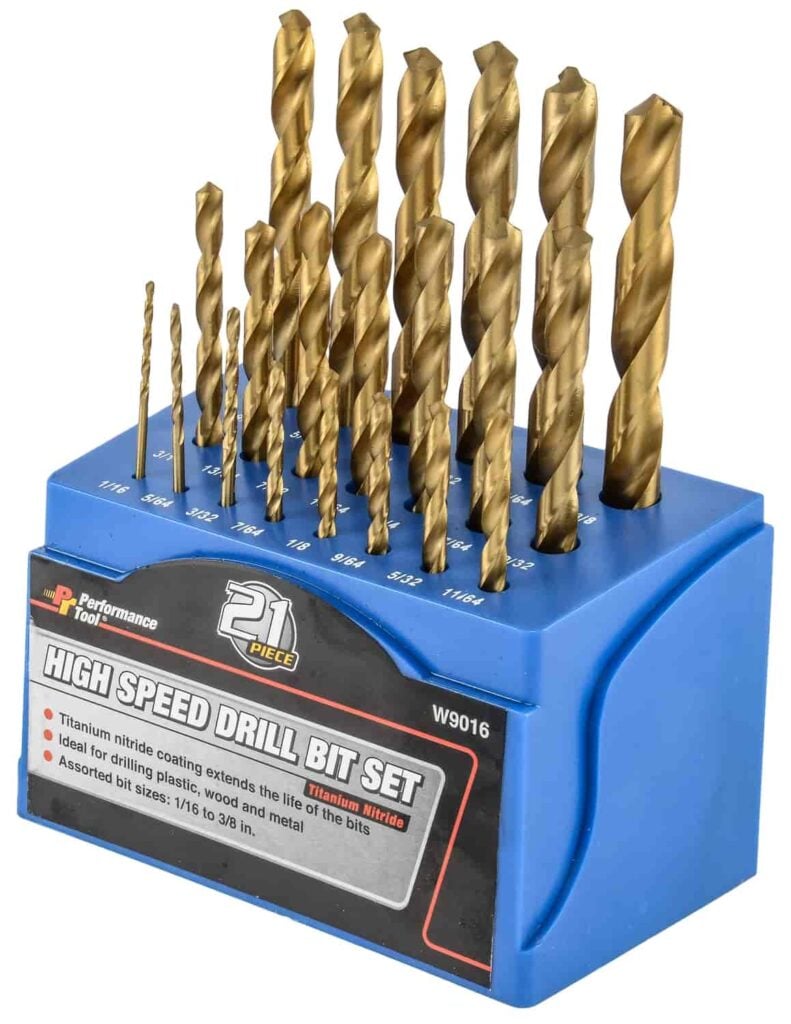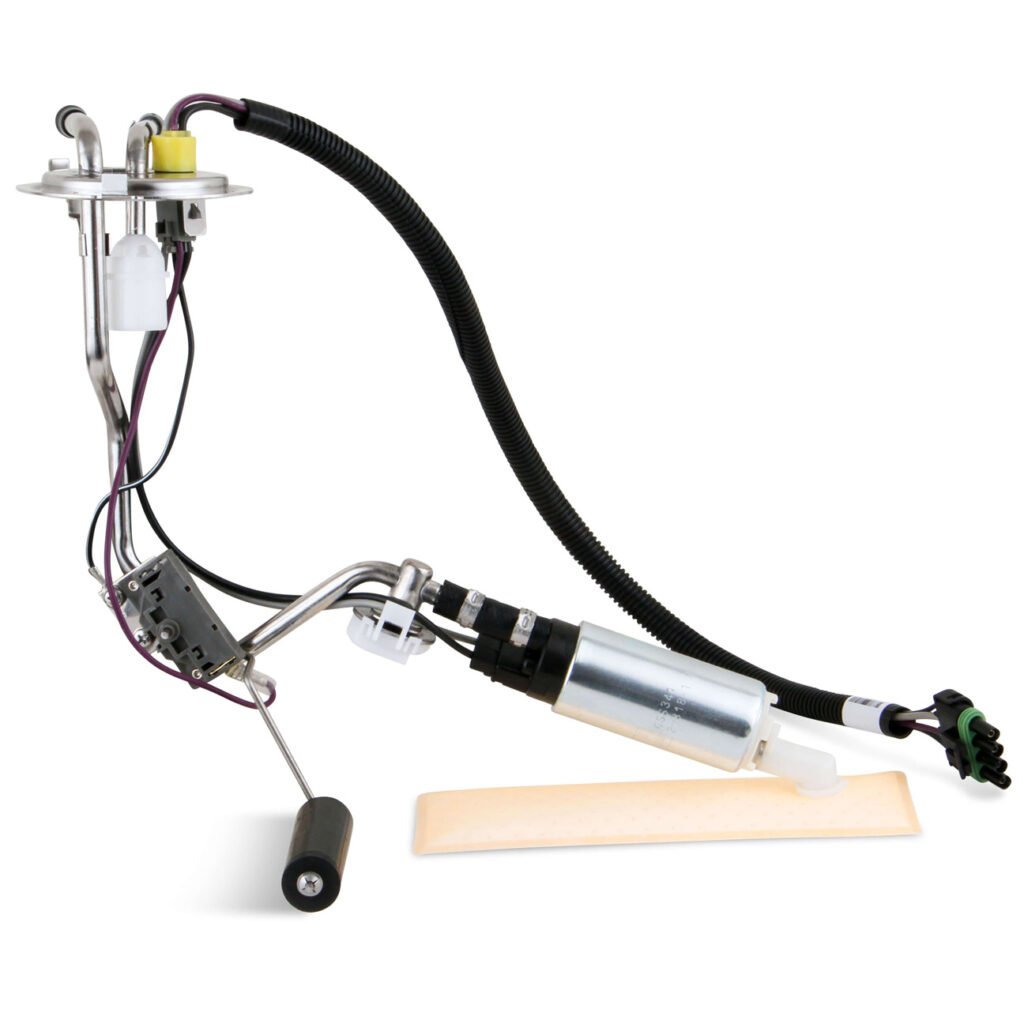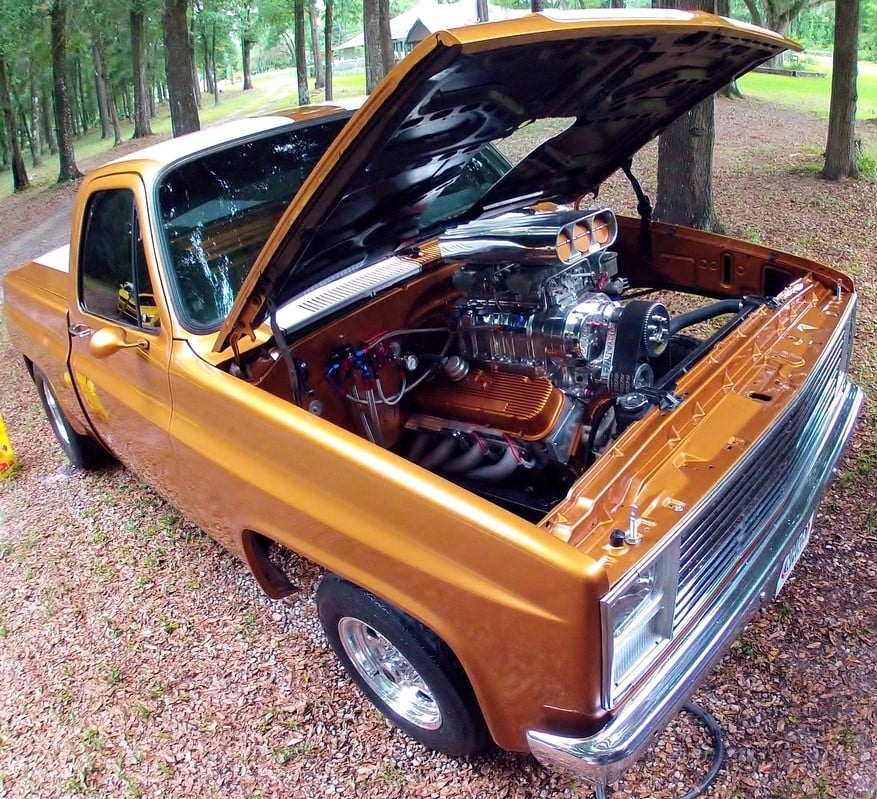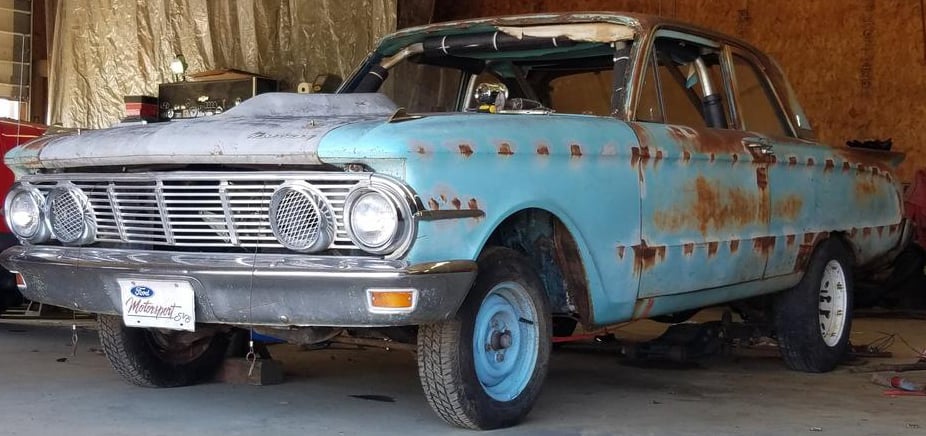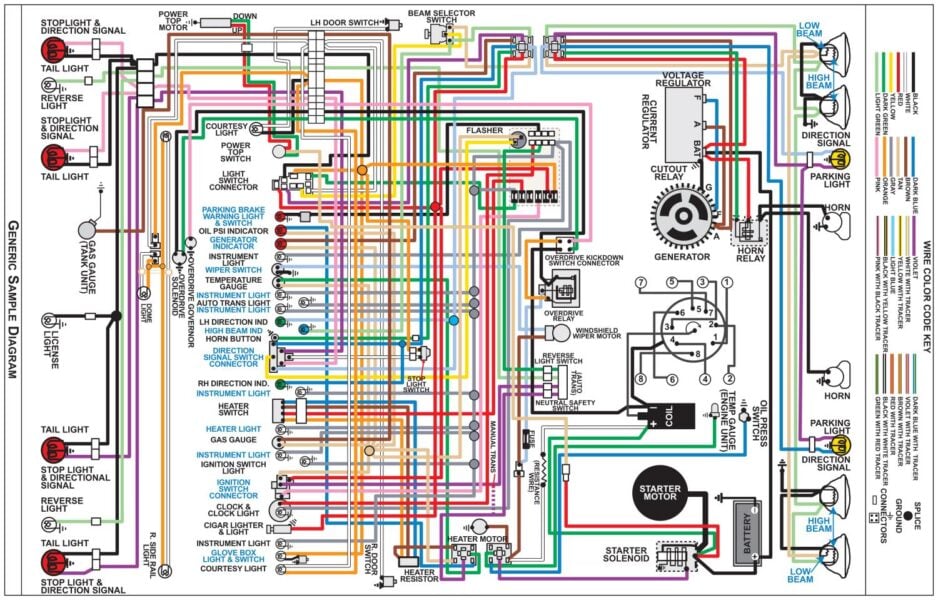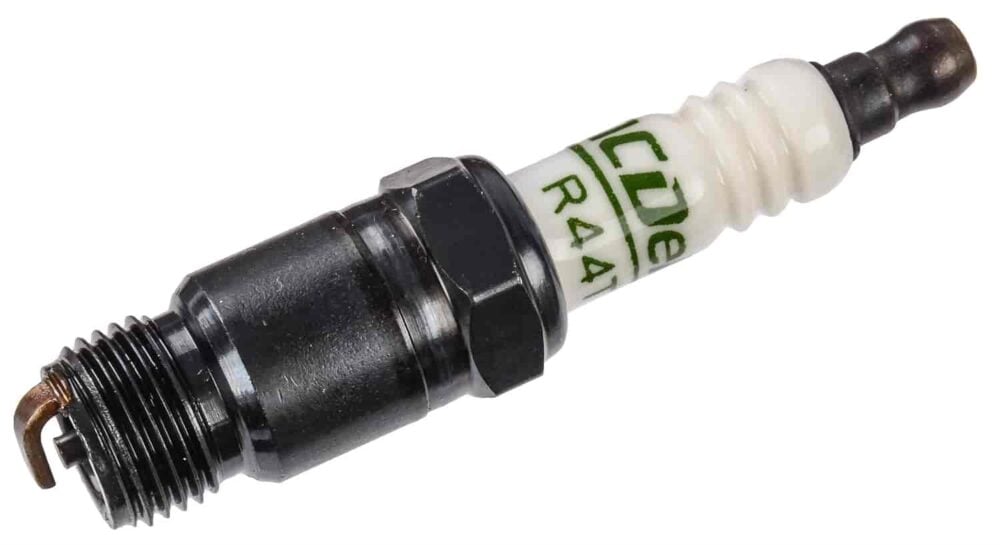The Chevrolet C10 and K10 pickups, also known as Chevy's "squarebody" trucks (due to their boxy design), represent a golden era in American automotive history. These third-generation pickups were produced from 1973 to 1987, building a solid reputation among auto enthusiasts for their rugged charm and simplicity.
In this guide, we'll cover upgrading the fuel system in these iconic trucks, focusing on LS engine swaps and EFI conversions.
First, we'll review which parts and tools you'll need. Then, we'll share some installation instructions for the fuel pump and sending unit, followed by advice on setting up a return-less style regulator.
Finally, we'll address managing dual fuel tanks, a common feature in these trucks that, while convenient, can further complicate fuel system upgrades.
Let's get started.
What is a Fuel System?
A fuel system is the interconnected components responsible for delivering fuel from the gas tank to the engine for combustion. This system typically includes components such as the fuel tank, fuel lines, fuel pump, fuel filter, carburetor or fuel injectors, and various sensors and valves. In the case of carbureted engines commonly found in older vehicles like the 73-87 C10 & K10 Squarebody Trucks, the fuel system operates by drawing fuel from the gas tank into the carburetor, where it mixes with air before entering the engine's cylinders. The fuel pump, usually mechanical, pressurizes the fuel and delivers it to the carburetor. Proper maintenance and tuning of the fuel system are crucial for optimal engine performance, fuel efficiency, and overall reliability. Upgrading certain components, such as installing a high-flow fuel pump or upgrading to electronic fuel injection (EFI) such as a FAST fuel system, can also improve performance and drivability. Therefore, understanding the components and functionality of the fuel system is essential for ensuring the proper operation and longevity of the vehicle's engine in C10 & K10 Squarebody Trucks.
How Does a Fuel System Work?
Understanding how a fuel system works is crucial for maintaining and optimizing the performance of these classic vehicles. The fuel system operates by delivering fuel from the gas tank to the engine for combustion. In carbureted engines like those found in the 73-87 C10 & K10 Squarebody Trucks, the process begins with fuel being drawn from the tank by the fuel pump. The fuel pump, typically mechanical, pressurizes the fuel and sends it through the fuel lines to the carburetor. Within the carburetor, fuel mixes with air in precise ratios to create a combustible mixture, which is then delivered to the engine's cylinders for combustion. The fuel system's components, including the fuel pump, fuel filter, and carburetor, work together to ensure the engine receives the correct amount of fuel at the appropriate pressure and timing for optimal performance. Regular maintenance and tuning of the fuel system are essential to ensure proper operation, fuel efficiency, and overall engine reliability in C10 & K10 Squarebody Trucks.
Fuel System for 73-87 C10 Squarebody Truck
It's essential to understand its components and operation of your squarebody pickup to maintain optimal performance. The fuel system in these trucks consists of various interconnected parts that work together to deliver fuel from the gas tank to the engine for combustion. The fuel tank stores the gasoline, while the fuel lines transport it to the engine bay. In the case of carbureted engines, like those found in many C10 trucks, the fuel pump, typically mechanical, pressurizes the fuel and delivers it to the carburetor. Within the carburetor, fuel mixes with air in precise ratios before entering the engine's cylinders for combustion. It's important to note that while the fuel system for the 73-87 C10 Squarebody Truck shares many similarities with the K10 Squarebody Truck, there may be slight differences in components or configurations to accommodate variations in engine type or drivetrain. Regular maintenance and inspection of the fuel system components are crucial to ensure proper operation and reliability in both C10 and K10 Squarebody Trucks.
Complete List of Parts and Tools You Will Need
In this section, we’ll list the various parts and tools you’ll need for a hassle-free experience, including some of our top product picks. Be sure to check all parts match your vehicle’s specific requirements.
Fuel Tanks
The fuel tank is a key component in any vehicle, acting as the storage container for the fuel before it's pumped into the engine. For LS swaps or EFI conversions in Chevy squarebody trucks, quality and compatibility should be your top considerations.
When shopping for a replacement fuel tank, consider these direct fit 16-gallon and 20-gallon short and long-bed side-mount options from JEGS. Made from rust-resistant, electroplated zinc-nickel steel with a silver epoxy primer, they feature OEM-spec filler necks and durable components like zinc-plated lock rings and fuel-resistant rubber for O-rings and hoses.
There are many great options, like this 20-gallon side-mount tank from Auto Metal Direct, boasting 21-gauge steel construction..
Fuel Sending Units
Fuel sending units monitor the fuel level in the tank, relaying real-time data to the pickups dashboard fuel gauge. For compatibility with 1973-1987 Chevy C10 and K10 trucks, a fuel sending unit must match the specific truck's fuel tank size, ohm range, and connector type, especially if modifications like an LS swap or EFI conversion are present.
For 1973-1987 Chevy squarebody trucks, the sending unit is dependent on the tank capacity and style, so it’s important to first check that all parts are compatible.
This two-outlet JEGS sending unit is an excellent option for some side-mount setups, designed to OEM specifications for a precise fit and accurate fuel level readings. It includes a new strainer, O-ring seal, and lock ring for a quick and efficient installation, ensuring a clean fuel system and reliable performance. Browse our full inventory of sending units here.
Fuel Pumps
Fuel pumps deliver fuel from the tank to the engine, which is especially important in LS swaps or EFI conversion setups due to their specific fuel pressure requirements (usually 58 to 60 PSI).
For EFI conversions, it's necessary to remove the original mechanical fuel pump on the engine. This removal is typically followed by covering the mounting hole with a block-off plate, a standard practice for Small Block Chevy (SBC) and Big Block Chevy (BBC) engines.
If you’re looking for a performance fuel pump, consider this FiTech EFI option, offering efficient fuel delivery that is compatible with LS engine demands. For those looking to further optimize their fuel system, upgrading to an in-tank fuel pump is a solid choice. This can be achieved with a redesigned fuel tank that accommodates an in-tank pump or through a retro-fit kit that allows the pump to be installed where the pickup tube is located on top of the existing tank.
Another reliable option is the JEGS electric fuel pump, known for its consistent and optimal flow rate, ensuring your engine receives a steady fuel supply. This pump is an excellent choice for those seeking dependable performance, with the added option of upgrading to an in-tank system for even greater efficiency and reliability.
Adapter Fittings
Adapter fittings are vital for connecting high pressure or AN fuel lines in your Chevy C10 or LS swap K10 squarebody. These fittings, including the 5/16" and 3/8" hardline tubes to an AN -6 adapter, are designed to bridge the gap between standard fuel line sizes and the AN-standard lines used in performance upgrades.
These adapters promote a robust fuel system, preventing leaks and ensuring all fuel system parts work together, which is especially true with more complex projects, like LS swaps or EFI conversions.
Hoses and Filters
For a successful LS swap or EFI conversion in your Chevy squarebody truck, your best bet is to stick with high-quality hoses and filters. The right hoses, such as Nylon Braided or Stainless Braided, are important for handling the increased fuel demands.
As for filters, there are two needed in a fuel system; the first filter (typically 100 micron) goes before the fuel pump, either in the tank, or between the tank and pump. The second filter (typically 10 micron) is installed between the pump and the fuel rail.
The reason for this two-step filtration process is that the smaller micron filter creates too much resistance for the fuel pump to operate properly on the low pressure/suction side. However, once the pump has pushed the fuel to the engine with high pressure, the fuel can be pushed through the smaller micron filter, which is effective in trapping small particles that can clog fuel injectors.
These components must be chosen carefully to match the requirements of the truck's upgraded fuel system, ensuring your engine runs its best while protecting it from contaminants.
Installation Tools
Having the right installation tools is key for the hassle-free upgrade of your Chevy C10 or K10 truck's fuel system. Tools like hose-cutting shears, aluminum anodized vice jaws, and an AN adjustable wrench are perfect for working efficiently with AN fittings and hoses.
With these tools, you’ll enjoy precise cutting and secure fitting, ensuring the parts are properly installed without causing any damage.
Other considerations include line wrenches, socket sets, and combination wrenches for various fittings and adjustments. A drill and bits are also a good choice, especially for tasks like mounting an external fuel pump and securing line clamps.
With this comprehensive set of tools, you’ll enjoy precise cutting, secure fitting, and effective installation, ensuring that all parts are properly installed without causing any damage.
Fuel Pump and Sending Unit Installation
Installing the fuel pump and sending unit in a 1973 to 1987 Chevy squarebody truck is an important step in an LS swap or EFI conversion. The fuel pump must match the engine's fuel pressure requirements.
A typical installation involves placing the pump inside the tank for consistent fuel delivery. The sending unit, which monitors fuel levels, is installed alongside the pump. Just make sure all connections are secure to prevent leaks. The exact process depends on your specific custom setup.
JEGS offers a variety of fuel pumps and sending units that are designed for direct fit and optimal compatibility with these classic trucks, making them a top choice for this process. We even offer kits to further streamline installation.
Return-less Style Regulator Installation
In return-less fuel systems, the regulator is key to maintaining the correct fuel pressure, but unlike return-style systems, it does not require a return line to the tank. These systems typically feature a regulator built into the fuel pump module, which maintains pressure internally and eliminates the need for an external regulator and return line.
For those looking to upgrade or replace components in a return-less LS fuel system, it's important to choose products specifically designed for this type of setup. When selecting a regulator for a return-less system, make sure to consider the specific requirements of your vehicle's fuel system. The right regulator will help maintain stable fuel pressure, ensuring optimal engine performance and efficiency.
Running Dual Fuel Tanks
Managing dual fuel tanks in Chevy squarebody trucks requires careful attention. A common setup uses a 6-port switching valve and a dash switch for control. The key challenge is connecting the AN hose to the switching valve with the appropriate adapter fittings.
Thankfully, JEGS offers a range of fittings and hoses suitable for this task. It's important to match the hose sizes correctly to the valve ports (5/16" for return lines and 3/8" for feed lines).
Successfully running dual tanks enhances fuel capacity and convenience, making it a worthwhile feature in classic C10 and K10 trucks.
JEGS: For All Your Automotive Needs
Whether it's a fuel tank, fuel pump, sending unit, or any other part for your LS swap or EFI conversion C10 or K10 pickup, JEGS has you covered. Feel free to browse our extensive product selection and have your items sent straight to your door.
Still have questions? Contact our team today.
